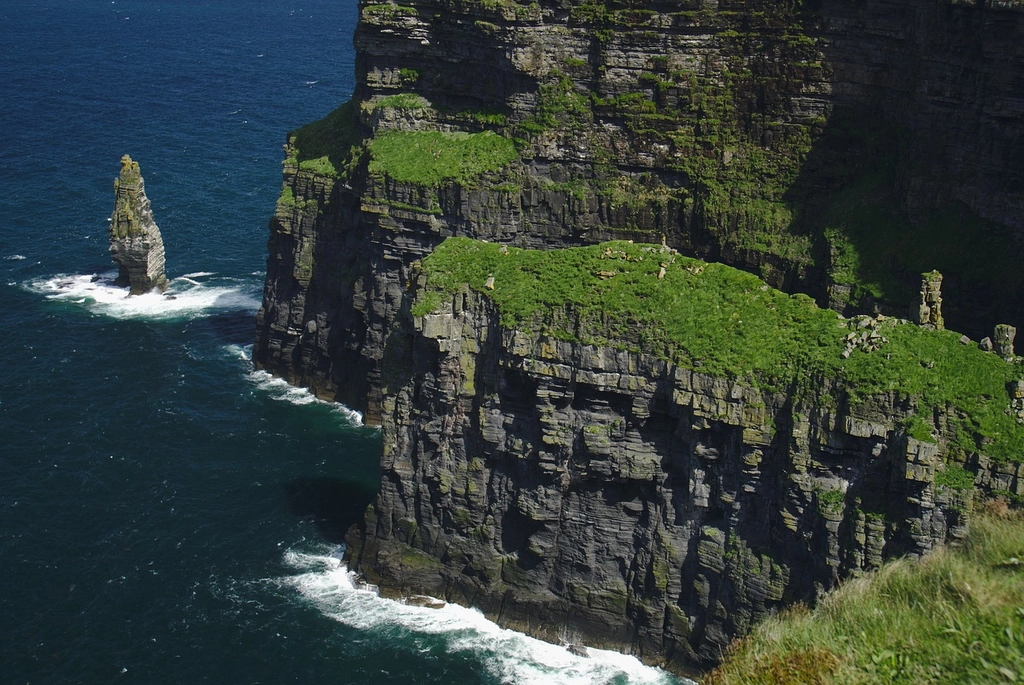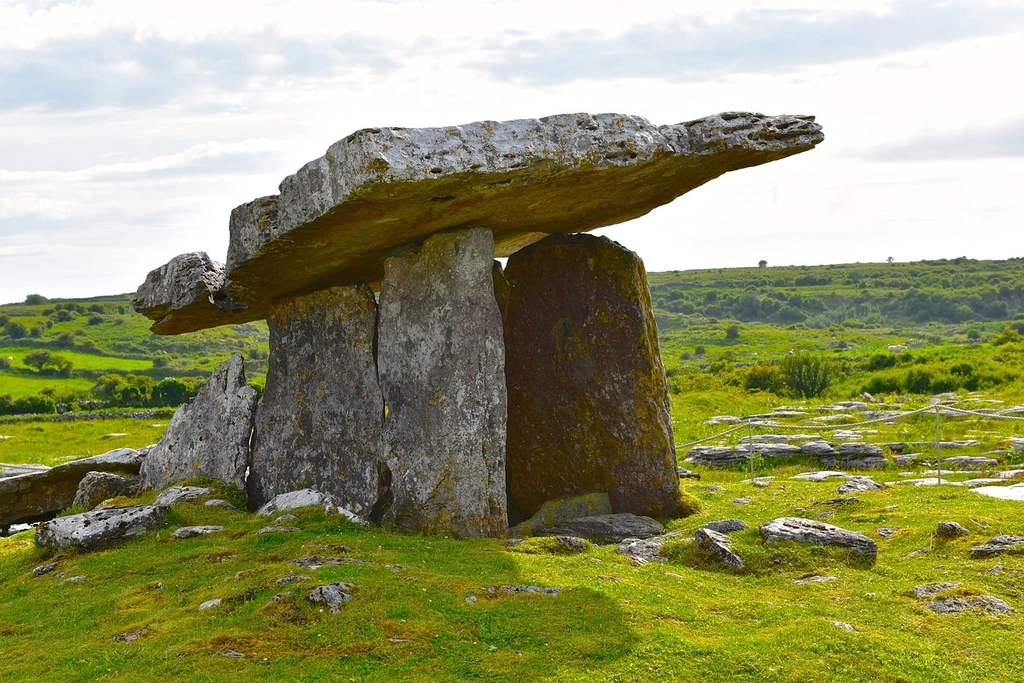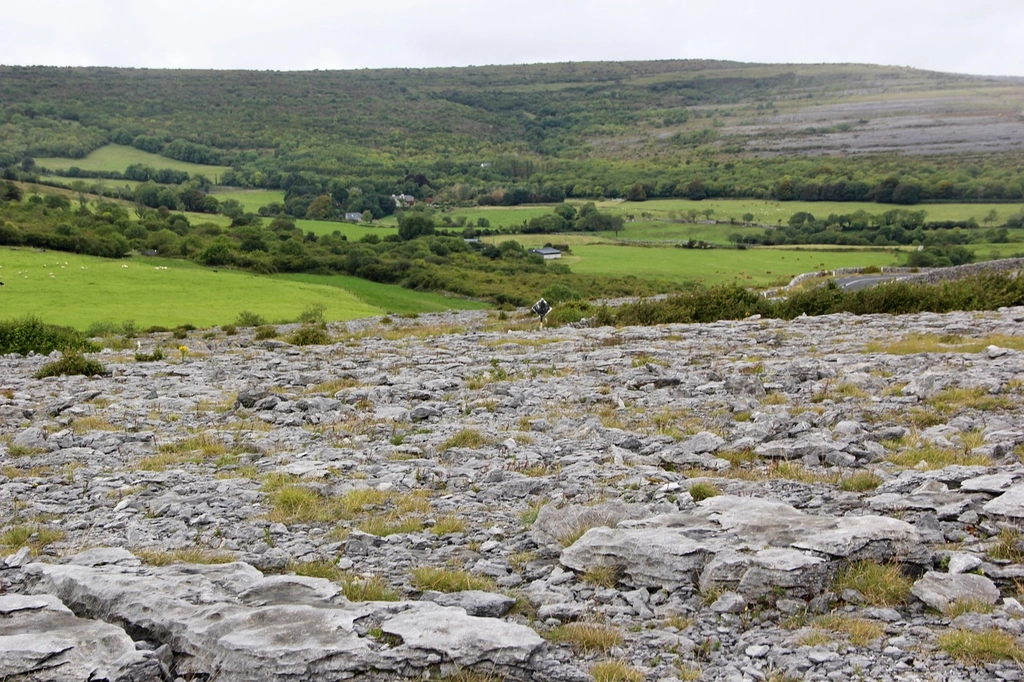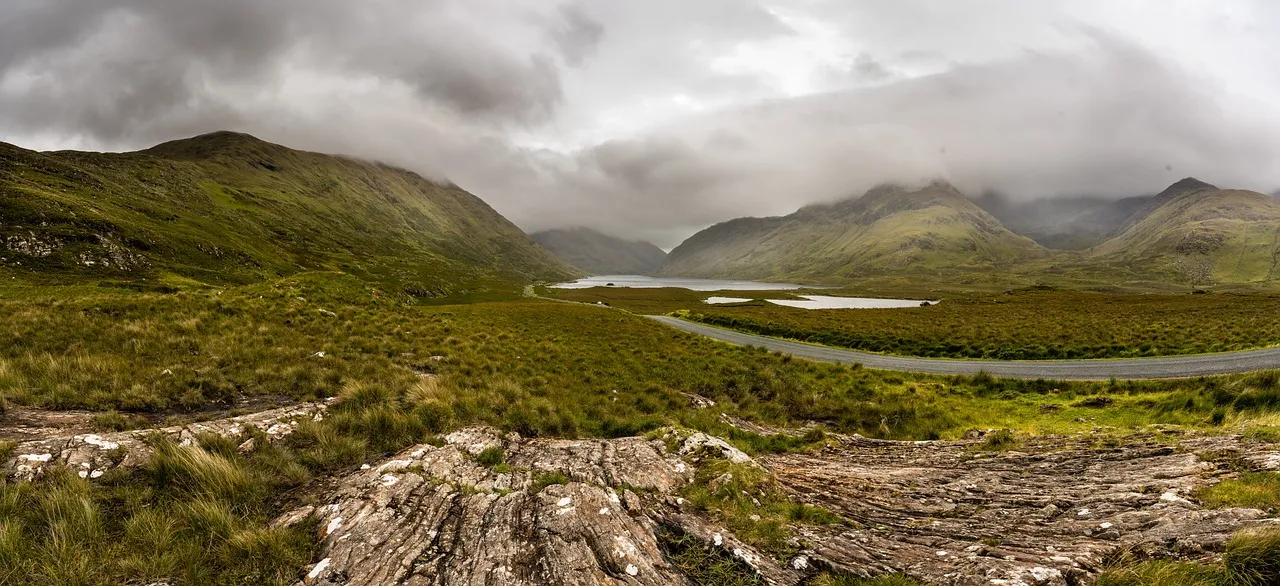Nestled in the west of Ireland, the Burren is one of the country's most unique and breathtaking landscapes. This vast limestone plateau covers an area of around 250 square kilometers and is home to a diverse range of flora and fauna, making it a must-visit destination for nature lovers and outdoor enthusiasts. Highlights include the Cliffs of Moher and Aillwee Cave.
The Burren is home to a unique and diverse range of flora and fauna, with over 70% of Ireland's native plant species found within the area. Visitors to the Burren can explore a variety of habitats, including limestone pavements, woodlands, and wetlands, all of which are home to an array of plant and animal life.
The Cliffs of Moher

One of the most popular attractions in the Burren is the Cliffs of Moher. These stunning sea cliffs rise to a height of over 700 feet above the Atlantic Ocean and offer visitors breathtaking views of the surrounding landscape. The Cliffs of Moher are a popular spot for walking and hiking, and there are a number of trails that take visitors along the cliff tops.
Aillwee Cave
Another must-see attraction in the Burren is Aillwee Cave. This fascinating cave system features underground rivers, waterfalls, and stalactites and stalagmites, and visitors can explore the caves on a guided tour. Aillwee Cave is also home to a birds of prey center, where visitors can see a variety of birds of prey up close and learn about their habitats and behaviors.
Portal Tombs

Also known as dolmens, portal tombs were built during the Neolithic period, roughly between 4000 and 2500 BCE, and were used as burial places for the remains of the dead.
A portal tomb is an impressive structure made up of two large standing stones that support a large horizontal capstone. The capstone was usually the most difficult part to transport and lift, and in this case it is estimated to weigh several tons. The entrance to the tomb is located between the two standing stones and is usually aligned with the sunrise or sunset on an important astronomical day, such as the winter solstice.
The Burren is home to several portal tombs, with some of the best preserved examples found at Poulnabrone, Carron, and Ballyvatheen. These tombs were once covered with a mound of earth and stones, but erosion and human activity over thousands of years have exposed the structures to the elements.
Other Highlights

For those who prefer a more active adventure, the Burren is a popular destination for rock climbing, hiking, and cycling. The unique landscape of the area provides a range of challenging and rewarding routes for outdoor enthusiasts, and there are a number of local adventure companies that offer guided tours and activities.
How to Get There
By Car
If you are traveling by car, take the M18 motorway and exit at either Junction 16 for Gort or Junction 19 for Ennis. From there, follow the signs to the Burren, which is located on the R480 road.
By Bus
There are a number of bus routes that go to the Burren, including the 350 and 423 bus services. Both of these services connect the Burren to Galway City and Ennis. Alternatively, you can take the 51 bus from Limerick City to Ennis, and then transfer to the 350 or 423 to reach the Burren.
By Train
The closest train station to the Burren is in Ennis. From there, you can take a bus or taxi to the Burren.
By Air
The nearest airport to the Burren is Shannon Airport, which is approximately a 40-minute drive away. From the airport, you can take a taxi or rent a car to get to the Burren.
